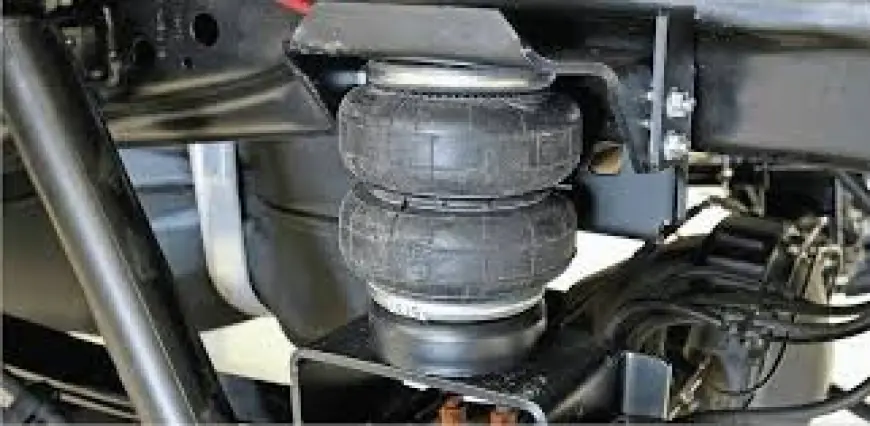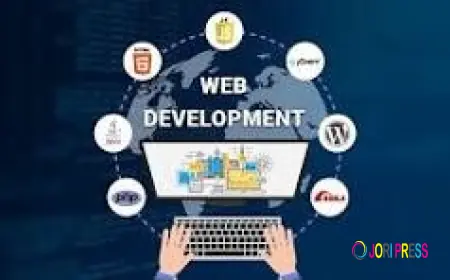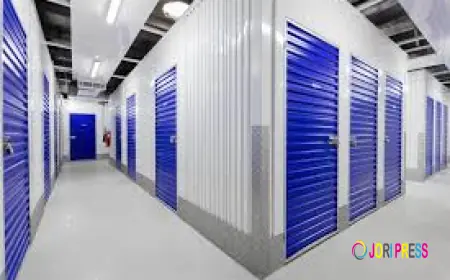Air Suspension Market 2030 Outlook: Innovation & Comfort
Despite the growth, the market faces challenges related to the high initial cost of air suspension systems compared to traditional suspension systems.

Introduction
The global automotive industry is undergoing a period of transformative change, driven by advancements in technology, evolving consumer preferences, and heightened expectations for comfort, safety, and performance. Among the many innovations shaping the modern vehicle experience, air suspension systems have emerged as a vital component in both passenger and commercial vehicles.
According to recent market analysis, the Global Air Suspension Market, valued at USD 7.16 billion in 2023, is projected to reach USD 10.05 billion by 2029, expanding at a CAGR of 5.84% over the forecast period. This growth trajectory reflects the increasing adoption of air suspension systems in various vehicle segments, driven by their adaptability, superior ride comfort, and ability to enhance vehicle stability and safety.
Air suspension technology, unlike traditional coil or leaf spring suspension systems, allows real-time adjustments to vehicle height and load-bearing capacity. This adaptability is particularly critical in regions with diverse road infrastructure, varied load conditions, and fluctuating weather environments. It ensures not only smoother rides but also longer vehicle life and reduced maintenance costs — benefits that resonate with both individual consumers and commercial fleet operators.
Market Drivers
1. Rising Demand for Comfort and Performance
Consumer expectations are shifting rapidly. Drivers and passengers alike now prioritize ride comfort, noise reduction, and stability as much as fuel efficiency or performance. Air suspension systems deliver these benefits by automatically adjusting to road conditions, minimizing vibrations, and maintaining optimal vehicle height.
2. Commercial Vehicle Adoption
The logistics, freight, and public transport sectors have become strong proponents of air suspension technology. Trucks, trailers, and buses equipped with air suspension benefit from:
- Better load distribution
- Reduced wear on tires and other vehicle components
- Lower maintenance costs over time
Fleet operators, particularly those managing long-haul transport, recognize that air suspension reduces driver fatigue and improves passenger comfort, making it an investment that pays off in efficiency and customer satisfaction.
3. Growth in Premium and Luxury Segments
In premium sedans, SUVs, and performance vehicles, air suspension is no longer a rare luxury but an expected feature. Consumers investing in high-end models are increasingly unwilling to compromise on ride quality, and automakers are responding by integrating electronically controlled air suspension as a standard or optional feature.
4. Electric Vehicle (EV) Integration
As EV adoption accelerates globally, manufacturers face the challenge of accommodating heavy battery packs without compromising comfort or handling. Air suspension provides an elegant solution, counterbalancing additional weight and maintaining optimal driving dynamics. Many new EV models are debuting with advanced suspension systems that improve both range efficiency and passenger comfort.
Download Free Sample Report: https://www.techsciresearch.com/sample-report.aspx?cid=2422
Emerging Trends in the Air Suspension Market
1. Smart and Connected Suspension Systems
Air suspension technology is rapidly integrating with vehicle telematics and smart control systems. Modern vehicles can automatically adjust ride height based on speed, terrain, or load. Some systems allow drivers to control suspension settings via mobile applications, appealing to tech-savvy buyers who value personalization.
2. Lightweight Material Adoption
Manufacturers are experimenting with composite materials and lightweight alloys to reduce overall system weight, improving fuel efficiency and EV battery performance without compromising durability.
3. Sustainability in Manufacturing
Eco-friendly manufacturing processes and recyclable components are becoming important selling points. As environmental regulations tighten, the industry is moving toward sustainable production methods for air suspension components.
4. Adaptive Systems for Autonomous Vehicles
In the context of self-driving technology, ride comfort will become even more critical. Autonomous vehicles are expected to rely heavily on adaptive suspension to ensure smooth, consistent travel experiences, especially in shared mobility fleets.
5. Aftermarket Expansion
While OEM demand dominates the market, the aftermarket segment is seeing strong growth as more vehicle owners opt to upgrade or replace traditional suspension systems with air suspension for improved comfort and performance.
Industry Key Highlights
- 2023 Market Size: USD 7.16 Billion
- Projected 2029 Market Size: USD 10.05 Billion
- CAGR (2024–2029): 5.84%
- Fastest Growing Region: North America
- Dominant Segment: Passenger cars, driven by luxury and EV adoption
- Key Technology Trend: Electronically controlled air suspension with integrated smart features
- Primary Adoption Drivers: Comfort, performance, load management, and vehicle longevity
Segment Analysis
By Vehicle Type
- Passenger Cars: The leading segment in 2023, with growing penetration in luxury sedans, SUVs, and electric cars. Consumers in this segment value smooth rides, adaptability to terrain, and advanced tech integration.
- Commercial Vehicles: Significant adoption in heavy-duty trucks, buses, and trailers for load optimization, safety, and reduced component wear.
By Technology
- Electronically Controlled Systems: Rapidly gaining popularity for their precision and integration with modern vehicle electronics.
- Non-Electronically Controlled Systems: Still prevalent in certain commercial applications where simplicity and cost-efficiency are priorities.
By Demand Category
- OEM: Dominates the market as automakers increasingly integrate air suspension during vehicle production.
- Aftermarket: Growing steadily as awareness of retrofit possibilities expands.
Regional Insights
North America
The fastest-growing region in 2023, driven by:
- Premium vehicle adoption
- Growing EV sales
- High expectations for ride comfort and stability
Commercial vehicle usage of air suspension is also increasing, especially in long-haul and passenger transport applications.
Europe
Mature market with strong demand in luxury and performance segments, alongside stringent regulations on ride safety and vehicle performance.
Asia-Pacific
Massive potential for growth due to increasing vehicle ownership, expanding middle-class incomes, and the rapid development of EV infrastructure.
Future Outlook
The global air suspension market is poised for steady expansion through 2029, underpinned by:
- The transition to electric and autonomous vehicles
- Continued innovation in lightweight and durable materials
- Widespread integration of AI-based ride control systems
- Increasing affordability as manufacturing scales up
By 2030, air suspension is expected to move from a premium feature to a mainstream offering in mid-range vehicles, much like ABS and airbags did over the past decade.
10 Benefits of the Research Report
- Comprehensive market size and forecast data for strategic planning
- Detailed analysis of market drivers, restraints, and opportunities
- Segmentation by vehicle type, technology, and demand category
- Regional insights highlighting growth hotspots
- Competitive landscape profiling key market players
- In-depth emerging trends analysis for future readiness
- Assessment of EV integration opportunities
- Evaluation of aftermarket potential
- Insights into technological innovations and sustainability practices
- Data-backed recommendations for market entry and expansion
Competitive Analysis
The global air suspension market features a mix of long-standing automotive giants and specialized suspension technology firms. Leading companies are focusing on product innovation, strategic partnerships, and regional expansion to strengthen market presence.
Key Players:
- AB Volvo – Strong in heavy-duty commercial vehicles
- AccuAir Suspension – Known for high-performance aftermarket solutions
- Air Lift Company – Focus on consumer-friendly, adjustable suspension kits
- Arnott LLC – Major OEM and aftermarket supplier with global reach
- BWI Group – Specializes in electronic suspension systems
- Continental AG – Integrates air suspension with advanced vehicle electronics
- Hitachi Astemo, Ltd. – Known for innovation in vehicle dynamics technology
- Firestone Industrial Products, LLC – Expertise in heavy-duty suspension solutions
- Hendrickson Holdings, L.L.C. – Leader in truck and trailer suspension systems
- HL Mando Corp. – Focus on technological integration in air suspension
Contact Us-
Mr. Ken Mathews
708 Third Avenue,
Manhattan, NY,
New York – 10017
Tel: +1-646-360-1656
Email: [email protected]
Website: www.techsciresearch.com
What's Your Reaction?
 Like
0
Like
0
 Dislike
0
Dislike
0
 Love
0
Love
0
 Funny
0
Funny
0
 Angry
0
Angry
0
 Sad
0
Sad
0
 Wow
0
Wow
0
















































